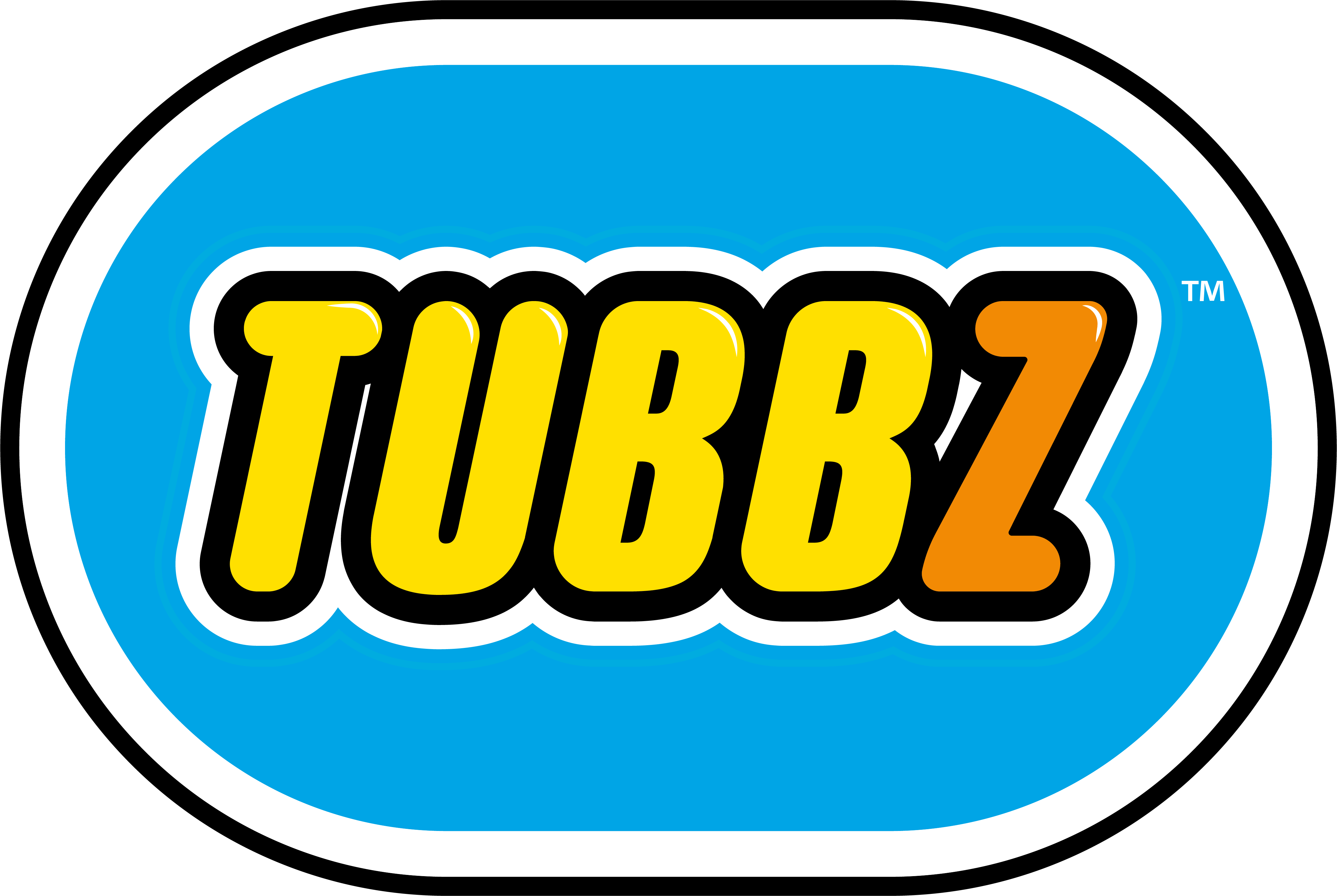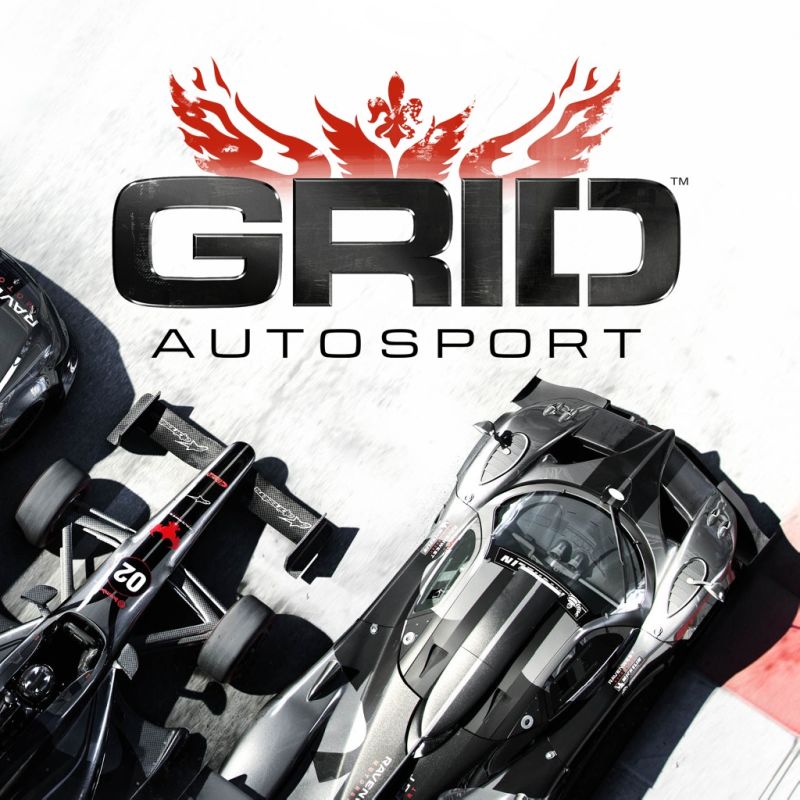Rebel Galaxy Outlaw – First Impressions
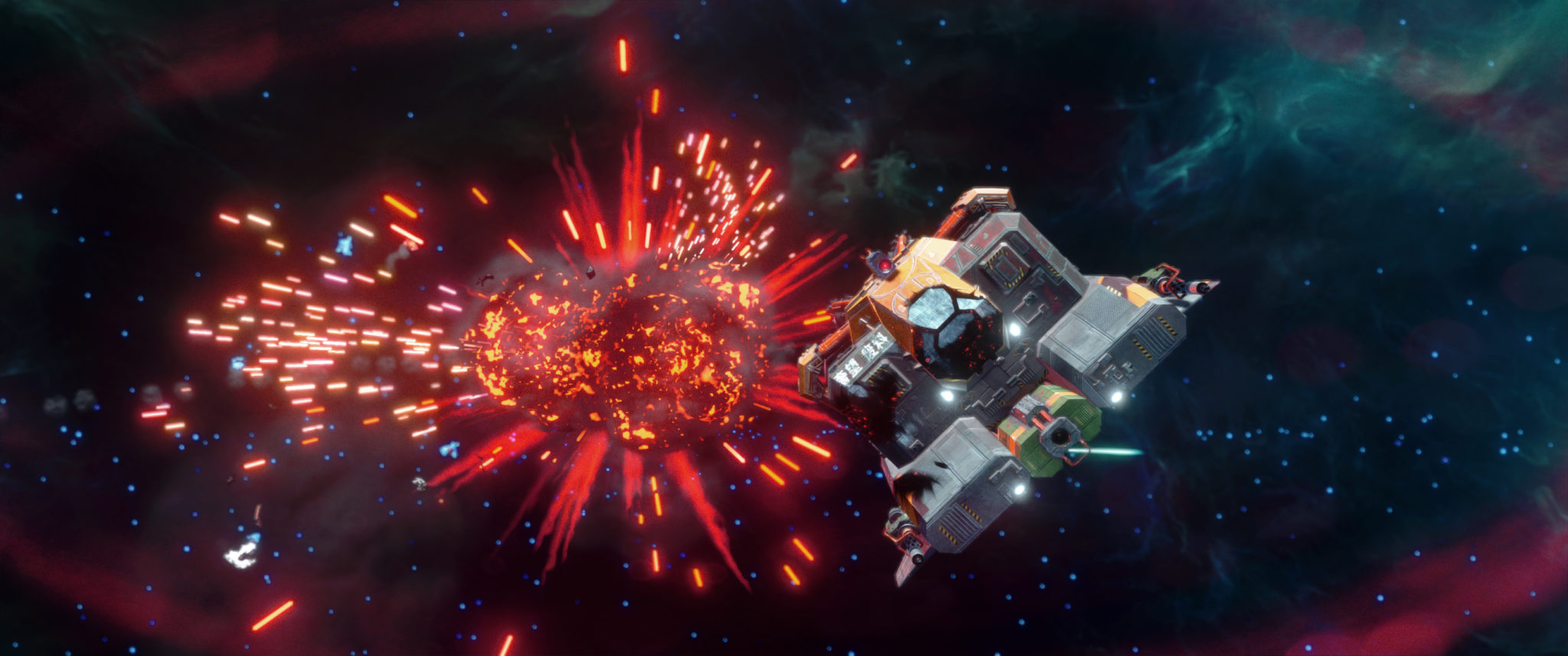
Rebel Galaxy Outlaw is the second outing for Double Damage, developers of the first Rebel Galaxy game from 2015. I was a big fan of that first game, and have had Outlaw on my radar since. Read on for some first impressions from this expansive game ahead of our full review coming in the next month.
The first Rebel Galaxy was a tale of capital ships. Huge, lumbering behemoths in space that fired broadsides rather than blasters. It was a refreshing change of pace for space games, feeling more like Assassin’s Creed’s excellent naval combat than Wing Commander. Outlaw, however, is an entirely different animal. Trading a third person, 2D gameplay system for an in cockpit, space shooter feel more akin to Privateer or TIE Fighter.
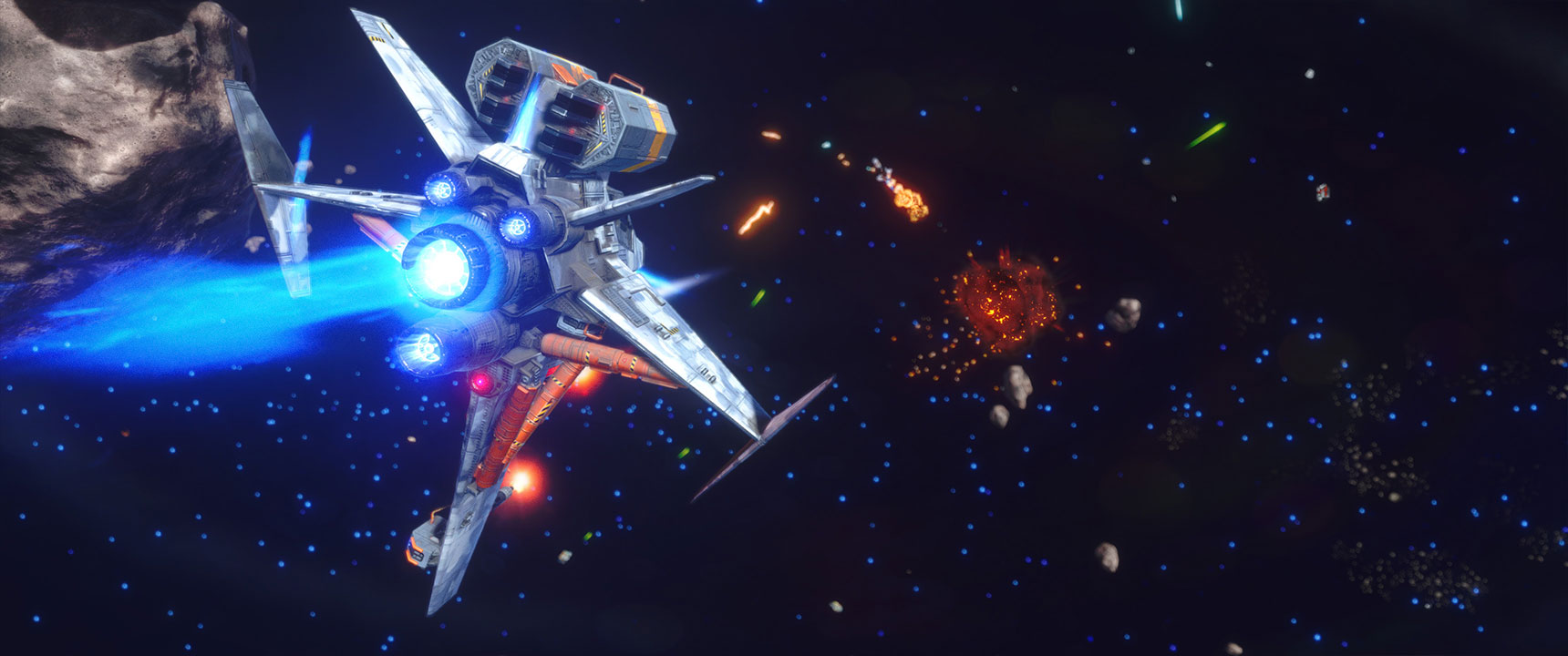
The first thing to know is that Rebel Galaxy Outlaw nails this feel. While your starting ship is more akin to a garbage truck than a starfighter, it still feels great to fly around and fight with. With a range of control options that go from heavily assisted up to more classic, less handheld gameplay, this is a delightful game for anyone curious about the genre and for fans of space sims of the past. It also supports mouse and keyboard, HOTAS setups, and controller, though the developer stresses that it was designed with controllers in mind.
The structure of the game has you flying from space station to space station (with planets thrown in here and there as well) completing missions of all kinds. From procedural side missions to the main story, this where the meat of the game lies. You can also trade goods from station to station, though I have yet to see the depth in the games economic model to really encourage that.
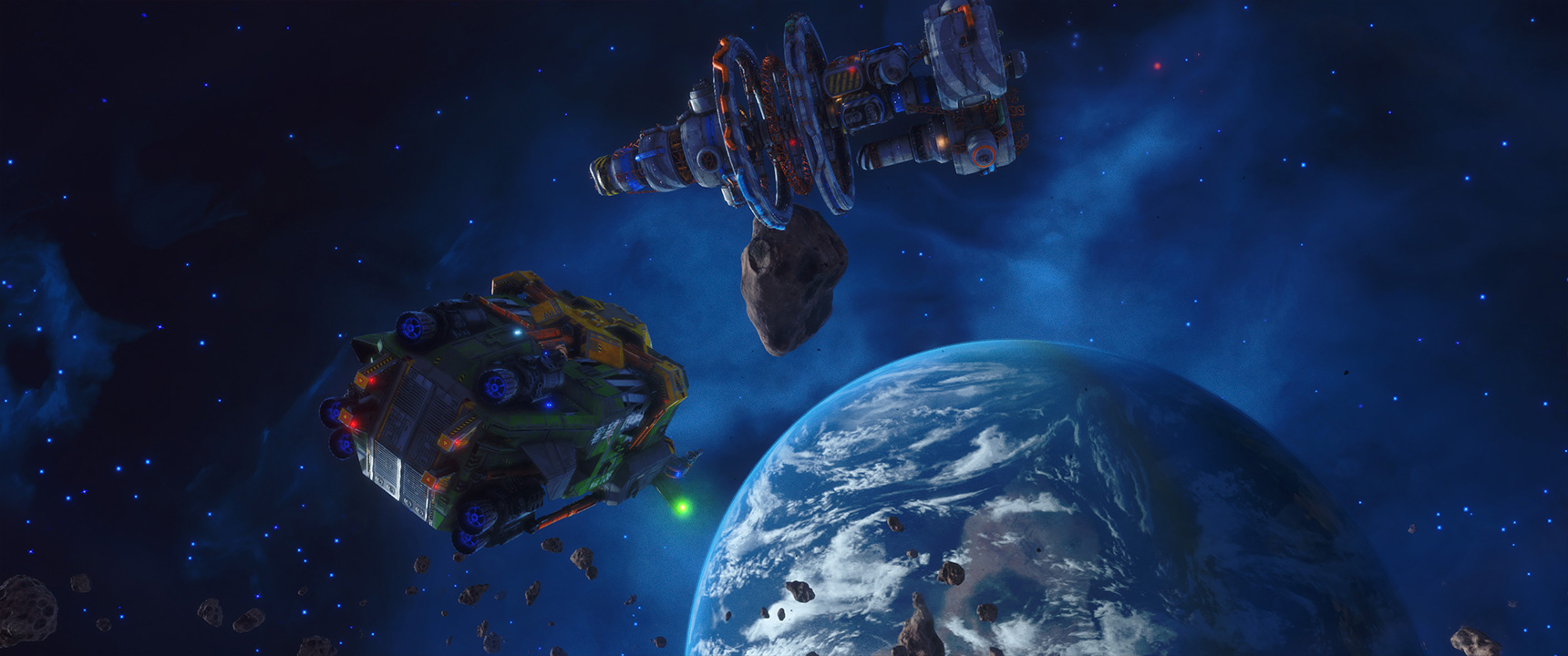
The stations themselves have a lot of personality, with slot machines, dice poker, and 8-ball minigames to occupy you between missions. There is also plenty of ship upgrading to be done, as well as a few different ships to purchase. This though, gets into my first issue with the game so far, which is a lack of long term goals. In games like Elite: Dangerous and Freelancer, there are advanced ships and late game upgrades that act as a sort of carrot on a stick. It feels like there will be real progression from ship to ship and upgrade to upgrade. While there may be more hidden in other sectors, at this point it feels like Outlaw has a limited selection of ships and weapons to choose from. My hope is that more things crop up as I make my way through the game’s story.
Which, unfortunately, brings up my second issue with the game thus far. While the story missions have offered some neat mechanics, much of this game feels like fast traveling from point to point, getting into shootouts, then listening to some so-so dialogue. While I find the characters charming and the writing and voice acting good, so far the way it all comes together has me left wanting. Given that this was an issue for me with the original Rebel Galaxy, I’m not super hopeful that I’ll feel better about it with this one.
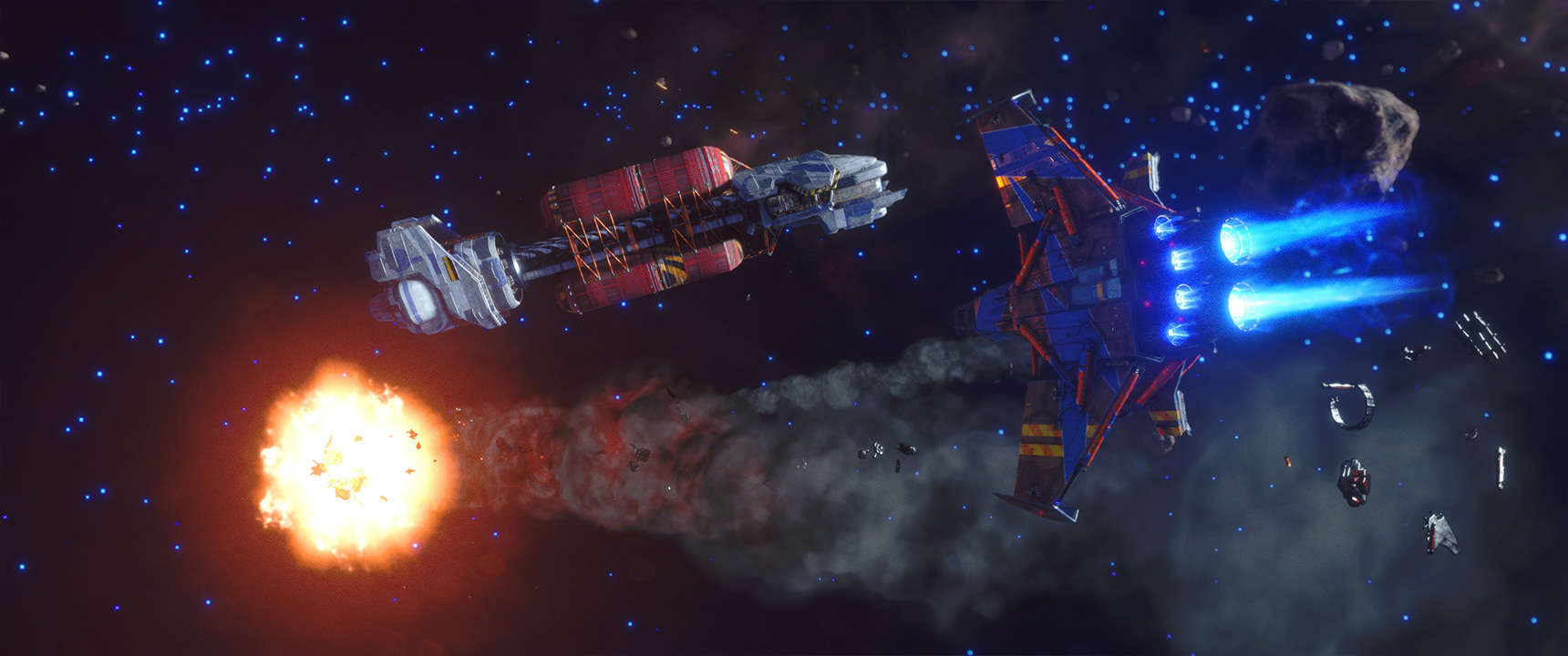
Finally, for me personally, Outlaw misses some of the minutiae I love from space sims. I adore the process of landing in a game like Elite: Dangerous, where you must request docking, then physically fly through or around a space station and manually land your ship. I love the tactile feel of Star Citizen’s (at least in its alpha) moving on foot through a station and boarding your ship. It’s not that I think Rebel Galaxy can’t replicate these moments, it’s that this just isn’t that sort of game. This is Freelancer, not Elite, and while that’s OK, it also makes me miss the helm of my Anaconda.
For now, I can thoroughly recommend Rebel Galaxy Outlaw for those looking for an accessible, fun, and fast paced space sim. What it excels at, it does quite well. With that said, those looking for a simmier, deeper experience with lots of width and depth may want to approach with caution, as I’ve yet to determine if it’s here for me yet. We’ll have our full review to you soon!

